|
Continuing the Photo Tour of my Life in
Flight.

 | Rotorcraft flying is divided into two categories - Helicopters and Gyroplanes.
Both require exceptional skill, and though most fixed wing airplane pilots give little
respect to "rotorheads", they can do more, must make quicker decisions, and have
more knowledge than their critics. Once you've flown a helicopter, there is nothing
better for local sight-seeing flights.
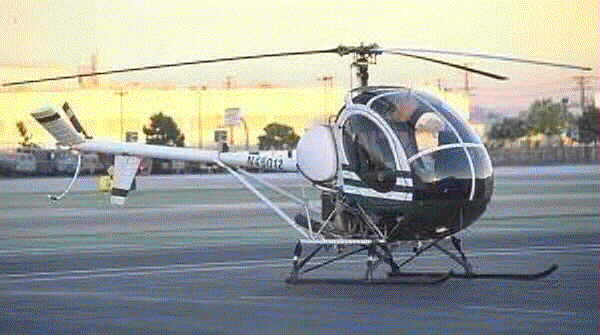
I earned my Commercial Helicopter license in the three place Hughes H-269 similar
to this one. The thrill of landing in confined tree-lined dry river beds, or on
postage stamp sized mountain top landing sites, or flying at night over Phoenix homes with
lit back yard swimming pools, is unimaginable until experienced yourself. Emergency
procedures such as auto-rotations to touchdown were routinely practiced, and on one
occasion, after having practice two and setting up for a third, we lost an engine bearing
and had to do an actual auto-rotation to a safe landing. Talk about losing an engine
at an opportune time - if you have to lose one. Helicopter flying increased my
instrument approach flying capability in fixed wing aircraft greatly, and I worked on my
helicopter instrument license until the money ran out. Of course, I quickly realized
I really didn't care to do zero-zero visibility approaches straight down to a landing in a
helicopter, and am very content to fly them in VFR weather.

While doing most of my training in the H-269, I also did transition training in the
Bell Jet Ranger similar to the one above. It was like going from a mini-car to a
Cadillac, with much better auto-rotation characteristics, altitude hovering capability,
etc.
There are not really any associations for helicopter pilots similar to those for other
aircraft. However, there is the American Helicopter Society which is mainly for
engineers and manufactures, and the Helicopter Society of America which helps sponsor US
helicopter teams to the World helicopter competition.
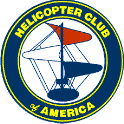
Visit the HCA
|
 | Gyroplanes, often misnomered gyrocopters, are a blend of an airplane and helicopter, but
not necessarily with either's better attributes. The gyroplane is probably the most
dangerous and unstable aircraft you can fly, and yet the best aircraft you can be in if
you lose an engine.
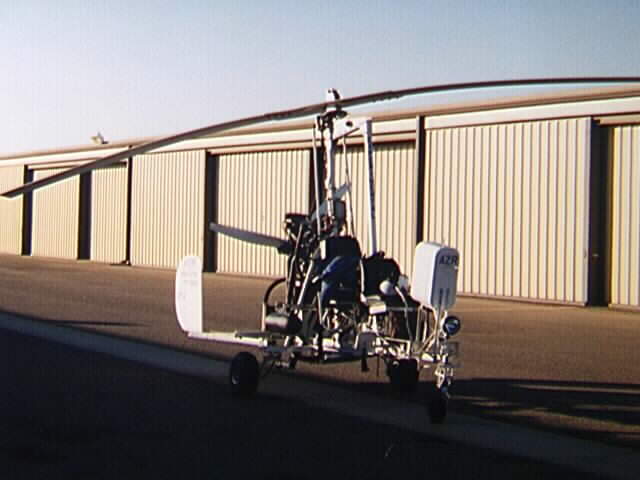
I received my Commercial Gyroplane license in this two place Mayfield Gyro Trainer.
The pusher prop propels the aircraft forward while air goes up through the
unpowered overhead rotor which produces lift. It is very susceptible to pilot
induced oscillations, and you must be extremely vigilant not to go too fast or too slow to
prevent destructive blade flap or a stall which is usually unrecoverable. It could
be auto-rotated to a "dime" though.
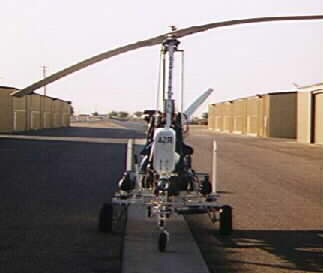
As you can see from this front view, motorcycle riders have nothing over the pilot
of this aircraft when it comes to "smiles with bugs on your teeth" after a
sunrise flight. Gyroplanes don't like the thermals of a warm afternoon in Arizona.
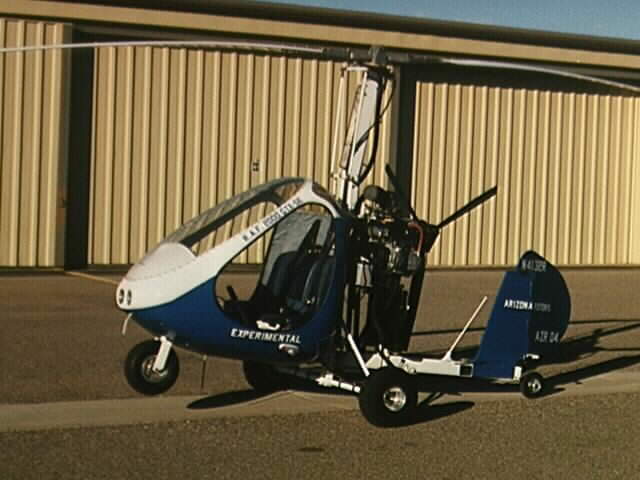
There are all types of gyroplanes, but this RAF 2000 is a particularly nice
aircraft. Though easier to fly than the MGT, it is still susceptible to PIOs, and
you must work to hold an altitude.

|
 | Unlike gyroplanes, gliders love thermals, and with them can often stay airborne longer
than powered aircraft.
|

Follow the Thread
Glider Flying

|